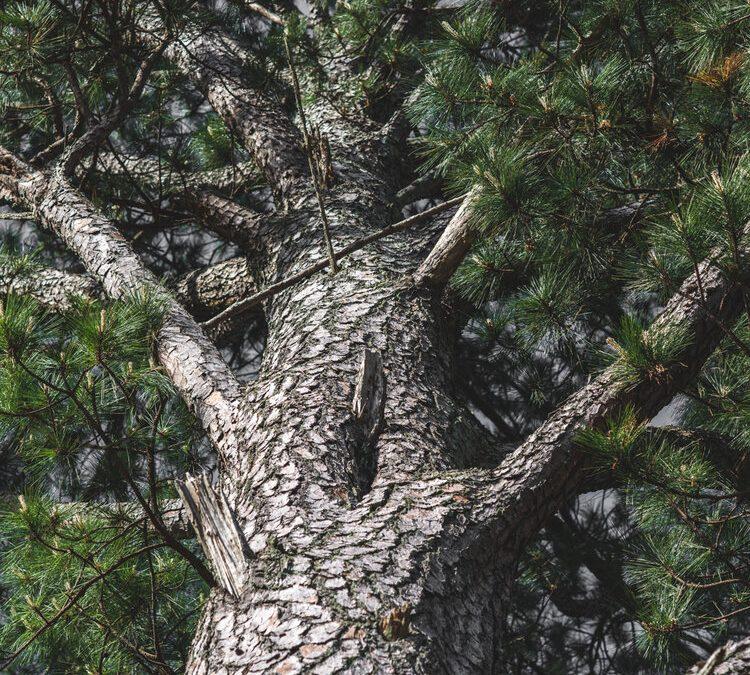Trees bring more beauty to our yards, create cleaner and fresher air, and even grow delicious fruits. However, they can still cause issues. Every year, millions of damages result from falling trees, diseased branches, rotting trees attracting pests, and more.
Many homeowners wonder if a hollow tree trunk is a cause for concern. While hollow trees occur naturally and often aren’t an issue, they can be a problem. So, your first step is to recognize when hollow trees are a problem.
This guide will explore the dangers of a hollow tree trunk, other defects to look out for, and what you can do. Lastly, we’ll explain why calling our tree service experts in Milton, GA is the right strategy.
Hollow Tree Signs to Look For
First, it’s essential to remember that a hollow tree doesn’t necessarily mean a problem. A hollowed tree may still be healthy.
For example, many mature and aging woodland trees are hollow while still having a durable foundation and a rigid bark composite. However, a healthy hollow tree can attract woodland animals. This appeal may or may not be an issue for your home or property.
Instead of solely focusing on whether or not a tree has holes or “hollows,” arborists prioritize searching for signs of decay or structural instability. Some signs that indicate a tree is diseased or bound to fall include:
- Cracks or fractures in large limbs or tree trunks
- An extensive range of dying or dead wood
- Growing mushrooms or fungi at a tree’s base or canopy, which can signify decaying roots.
Another problem tree-owner should look out for are low-hanging branches or huge branches. These branches often consist of forks resembling a V-shape.
While this problem doesn’t immediately impact a tree’s health, these branches can fall off and damage property during severe weather. Fix this issue by regularly trimming your trees, avoiding falling branches, and preventing tree diseases.
What Problems Can Hollow Tree Trunks Cause?
While holes and hollows are widespread in many types of trees, a hollow tree trunk is a more significant concern. A tree with a hollow trunk is likelier to die from a disease, attract pests, and fall or snap apart from a storm.
Essentially, it’s harder for a tree with a hollow trunk to support itself. It will eventually die by falling over or rotting from the inside.
In nature, a dead or dying tree can benefit other life, such as fungi. In your backyard, however, a dead or dying tree is unsightly. Even worse, it can potentially injure you or damage your property.
Is There Anything You Can Do?
Historically, arborists used to fill hollows or “cavities” inside a tree by pouring cement into them. However, this practice is outdated today. Filling hollows with cement can further damage the tree.
At times, experienced arborists apply synthetic foams to fill hollows or cavities. However, while these foams are safer than cement, they still don’t heal a tree. Typically, arborists only use these foams for aesthetic purposes.
Unfortunately, there’s no way to fix a hollow tree or tree trunk. Nonetheless, a professional arborist can remove a hollowed tree from your property. They can also implement preventative care to protect your tree before it gets hollowed.
The Southern Tree Pros Can Help
While a hollow tree isn’t always a problem, an open tree trunk often indicates an issue. If you need tree removal or preventative tree maintenance, our Southern Tree Pros can assist.
Know if it’s okay to plant trees in the summer and how to prevent a hollow tree trunk by calling Southern Tree Pros at (770) 841-1684!


